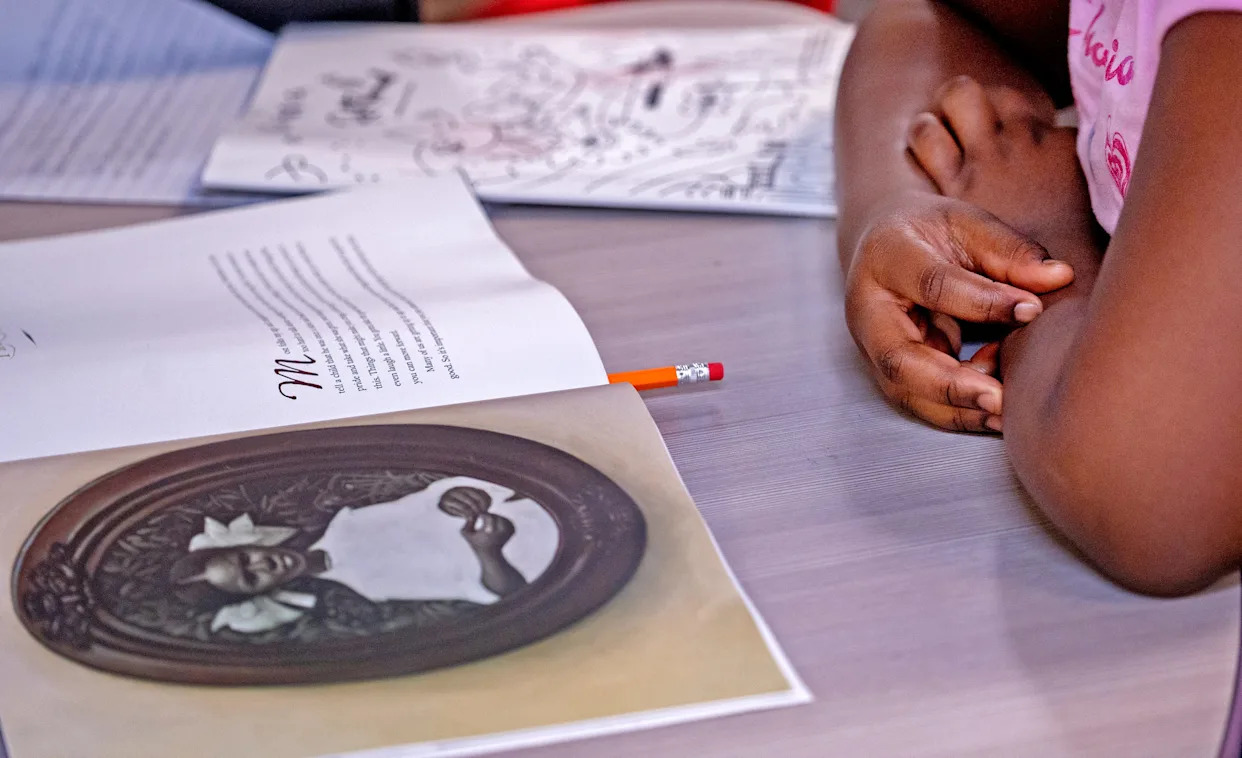
Indiana saw its largest year over year increase of students reading proficiently by the end of third grade, but it’s still unclear how many children will be retained under the new IREAD law.
The IREAD results for the 2024-25 school year were released on Aug. 13 and showed that the statewide proficiency rate was at 87.3%, which is a nearly 5 percentage point increase from last year.
However, this most recent class of third graders was also the class affected by the state’s new retention law that will hold students back from moving onto the fourth grade if they don’t pass the test or meet one of the exemptions.
More on IREAD concerns: New Indiana IREAD law sparks parent concern as student retention set to rise
State officials said the data on how many third graders will be retained this year will be released soon after the fall count day on Oct. 1.
Indiana has two count days, one in the fall and one in the spring, which capture how many students are in a particular school on that day. Funding for schools is then based on the number of students enrolled on those count days.
State education leaders are calling this jump in proficiency scores “unprecedented” for Hoosier students.
“Indiana has made extraordinary progress from where we began just a few years ago, when nearly one in five Indiana third graders could not read, to today when literacy rates have increased by nearly 5 percentage points in just one year,” said Katie Jenner, Indiana’s secretary of education, in a press release. "... with literacy rates now soaring at a historic pace. This is a time for celebration, and it is also a time to double-down on our commitment to helping even more students learn to read."
Proficiency rates back up to pre-COVID levels
The proficiency rates amount to around 73,500 Indiana third graders who passed the IREAD test, and also constitute the biggest single-year jump in reading scores ever seen in the state since the test was first given in 2013.
This year’s scores also mean that the state has caught back up to its pre-COVID levels of proficiency, which dropped off sharply in the years following the pandemic due to disrupted learning.
This year’s historic growth also marks the fifth straight year that statewide results have grown, which is a stark contrast to the seven years prior, which saw a slow decline of scores.
The IREAD exam is now taken in both the second and third grades and is meant to measure foundational reading skills. The results announced on Aug. 12 represent students who passed the exam either in the second or third grade.
Parents have told IndyStar that the new retention measure, which was passed in 2024, has caused them anxiety and confusion over why their student is being retained, and worry that holding them back will cause more harm than good.
However, state leaders are zeroed in on reaching their goal of a 95% proficiency rate for IREAD results statewide and have enacted various laws over the past few years to get there.
Jenner said that data around how many students were given good cause exemptions and met one of the other exceptions for being passed to the fourth grade would be released on the state’s third-grade reading dashboard around Oct. 1.
Under the law passed last year, if a student meets one of these exemptions, they can move on to fourth grade:
The student has already been retained in the third grade for one year.
The student has an intellectual disability or their individualized education program (IEP) specifies that retention would not be appropriate.
The student passed the math portion of the ILEARN exam.
The student received intensive reading intervention for two or more years and was already retained once in K-2 grade.
Some English language learning students will also get an exemption from being retained, at least for the next two school years, due to the passage of HB 1499 earlier this year.
All student groups see increases
State officials also said for the first time, all student groups that the state collects data on – like ethnicity, special needs, language learners and socioeconomic status – saw growth in reading scores.
Black and Latino students both saw an increase of 7.5 percentage points from last year.
Special education students also increased by 7.5 percentage points from last year and English language learners saw a 7.2 percentage point jump from last year.
Students who qualify for free and reduced lunch saw a 6.6 percentage point increase from last year's scores.
State says two initiatives key to success
Jenner and other state leaders attribute this year’s jump in scores to two main initiatives.
The state's move to allow IREAD testing in second grade, which is now required statewide starting with the 2024-25 school year. Second graders could be tested in the spring and retake it in the summer if they did not pass.
In total, students have five chances to pass IREAD throughout second and third grade.
Being able to test earlier allows teachers to more effectively identify struggling readers and then provide targeted support when needed.
The second tactic is the implementation of the Indiana Literacy Cadre, which provides teachers training on early literacy teaching and embeds instructional coaches into schools to help with reading specifically.
Keep up with school news: Sign up for Study Hall, IndyStar's free weekly education newsletter.
In this most recent school year, 564 schools were participating in the literacy cadre.
Schools that participated in the literacy cadre saw a 7 percentage point increase in their scores from last year, compared to non-cadre schools that just increased 3.6 percentage points.
Search for your school's IREAD score
Contact IndyStar K-12 education reporter Caroline Beck at 317-618-5807 or [email protected]. Follow her on Twitter (X): @CarolineB_Indy.
This article originally appeared on Indianapolis Star: Indiana IREAD results are in. See how your school fared







Comments